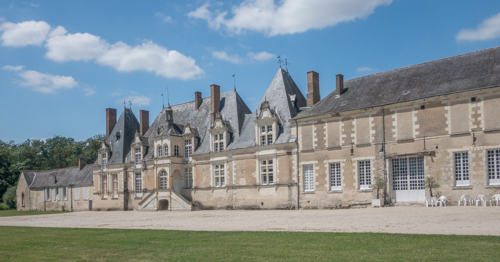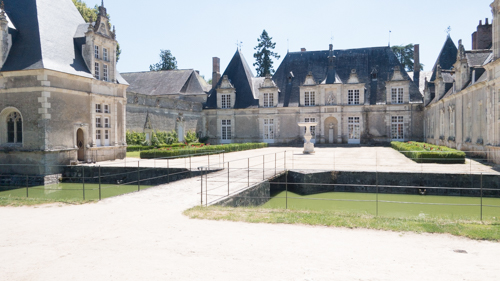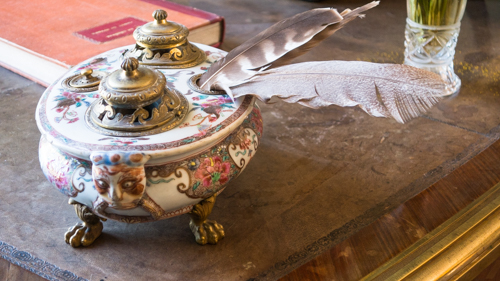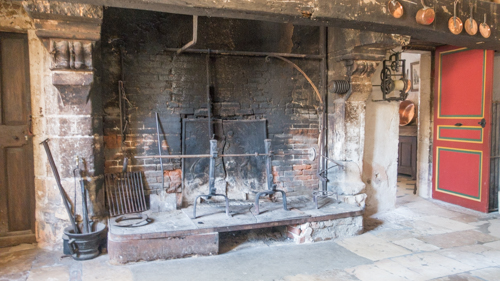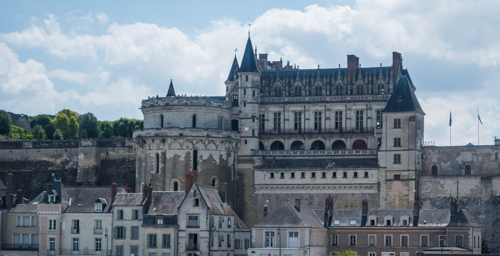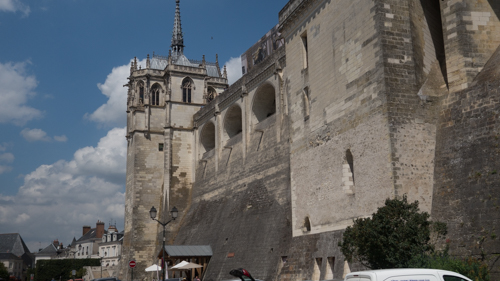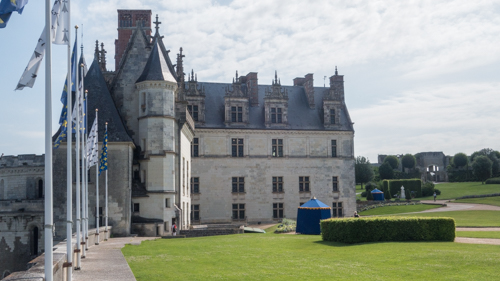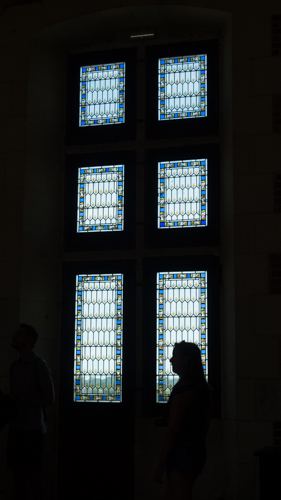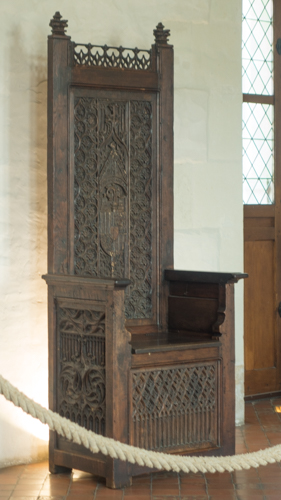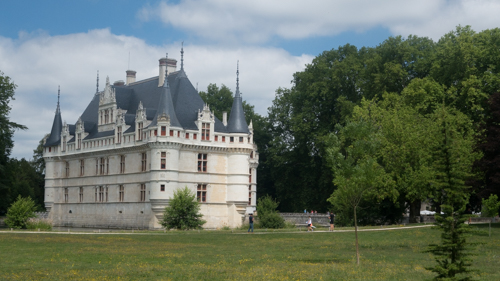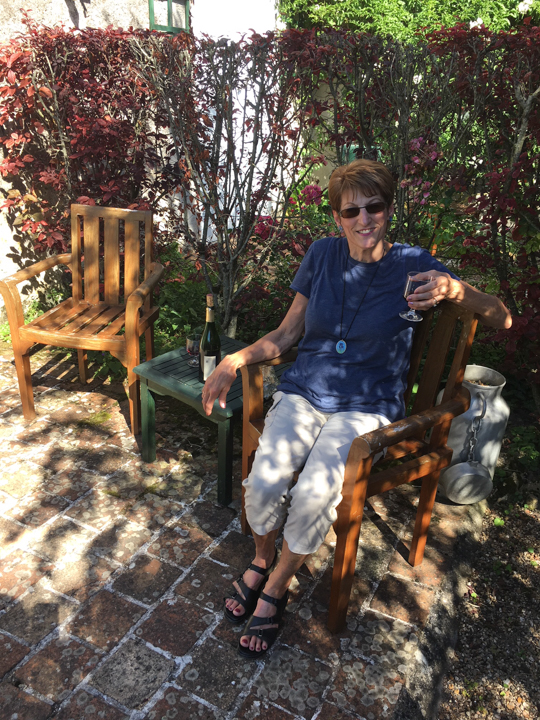Last week we went back to the Loire Valley, a two-and-a-half hour drive south of Samois-sur-Seine, our current homebase. The Loire is famous for its many chateaux – some estimates put the number at somewhere around 3,000, for the Loire Valley alone. We visited three quite different chateaux this week, and the three illustrate different types of chateaux, and the challenges that the privately owned chateaux face.
The first chateau we visited was Villesavin. Villesavin represents many chateaux and their challenges. Privately owned, without a glorious history of ownership or visits from kings and queens, it has little access to state funding to maintain and restore it. As a result, this beautiful renaissance chateau has to rely on the funds generated by visitors, with some small assistance from the state. But also because Villesavin hasn’t the illustrious history, it is not high on the visit list of tourists. But visit it we did and we loved it.
The second chateau has all the advantages Villesavin lacks: Chateau Amboise was originally a fortress, then modified heavily by Francois I, was the home of Henri II, Charles VIII, Henry III and Henri IV. It is spectacularly sited where tourists can easily reach it. As a result, it gets lots of funding from France and lots of income from tourists. Note we loved Chateau Amboise, too.
The third chateau, Azay-le-Rideau, falls into a different category: though it hasn’t a royal history, it is the most beautiful Renaissance chateau in the world (our humble opinion) and because it was given to France in 1905, it has been maintained and restored ever since, so its condition can only be described as near-perfect. Azay-le-Rideau is our favorite.
Villesavin
Villesavin was built in the 16th century by Jean le Breton who was, purely by coincidence, King François 1st’s Secretary of Finance. Le Breton was also in charge of obtaining material for the king’s over-the-top Chateau Chambord, which was nearby. Might one think that maybe some funding and some materials were diverted to Villesavin? Just wondering…
Built in the 16th century means built in Renaissance style. By this time, the king was firmly in charge and the aristocracy fairly stable, which meant there was no need for the chateau to have a defensive role.The pictures show the pure Renaissance style of Villesavin. A closer look shows that the chateau is just tired – there has not been the necessary funds over its 400-year life to maintain it. A large restoration project was carried out fifty years ago, but we can only guess how much it would cost to bring a place like this back to its original condition. Because Villesavin is still privately owned, there is just not enough money to restore it.
And yet, we loved it. Many chateaux have been restored to better condition than they were when people actually lived in them. At Villesavin I suspect we saw a more realistic view of life in a chateau.
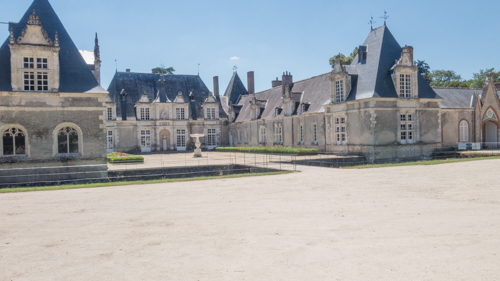 |
Amboise
Chateau Amboise suffers from none of the disadvantages of Villesavin. It was built by kings – mostly François I in the 16th century; his successor kings and families lived here for centuries; it is smack on the Loire River so every tourist sees it; and it has seen many historic events. In fact, in the 15th and 16th centuries, this was the home of the French court. So France, seeing this as a national treasure, has maintained it and restored it. And like Villesavin, we loved it.
Chateau Amboise was originally a fortress, from which the king’s army could control movement on the Loire River, but by the time François I and then Charles VIII added to it, they were in firm control of France and so the need for fortifications went away. As a result, these kings concentrated on creating Amboise as a symbol of their power, rather than a means to maintain that power.
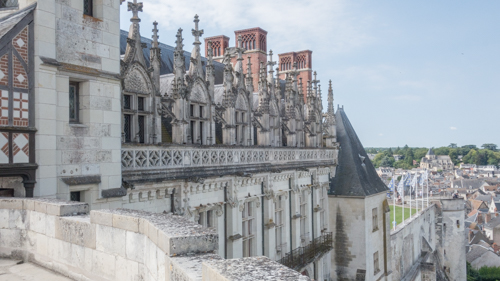 |
|||
Amboise also has the distinct honor of being the burial place of Leonardo DaVinci. Yes, that Leonardo! François I brought Leonardo to Amboise in 1516, three years before his death. Françoise gave Leonardo a manor (Clos Lucé, about which a bit more below) and when Leonardo died in 1519, he asked that he be buried in a church in Amboise, which was done. But later the chapel in which he was buried was destroyed, and Leonardo’s tomb disappeared. In 1863, bones and an inscription that seemed to indicate they were the remains of Leonardo were found and he was re-interred in the chapel of Chateau Amboise, with a note that the remains are “presumed” to be his.
We were mightily impressed with Chateau Amboise: history, beauty, royalty, intrigue, gardens – Chateau Amboise has it all. This is a place we’ll visit again.
Clos Lucé
Leonardo’s home, given to him by Françoise I, is now a museum, with his bedroom, studio and other rooms fitted out as they might have been when he lived and worked here. Maybe…but we were not terribly impressed. First of all, it was jammed, and seemed to have an inordinately large number of 4-8 year-old kids, who were not suitably impressed by what they saw. And really, who can blame them? Were we interested in 16th century furniture when we were that old? No, so like these kids, we would have fidgeted and whined and asked when we could get a treat. Second problem was that large tour groups were allowed in, so we were stuck between groups of 35-40 people, in rooms so small the whole group could not get into the room. Fortunately, the gardens were lovely. But as the most expensive museum we’ve visited, we were highly disappointed. We left after about 90 minutes.
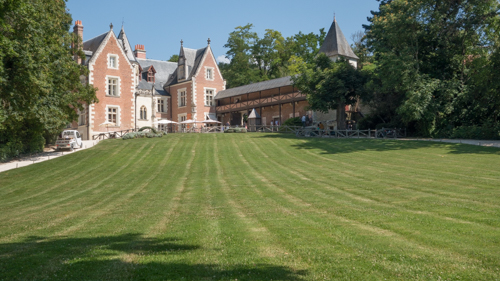
Leonardo DaVinci’s home for the last three years of his life (1516-1519). Looks beautiful, but not our favorite place. Not even on the list of favorite places.
Azay-le-Rideau
This is our top-of-the-list favorite chateau and one of our favorite buildings in the world. Azay-le-Rideau followed a different path than the previous two chateaux. It doesn’t have the long history of Amboise, and though it shares its Renaissance architecture with Villesavin, money has been (almost) no object in its maintenance and restoration – it was recently closed for two years for an extensive overhaul. The difference has been that in 1905, the owner of Azay gave the chateau to the French government, and the government, understanding that Azay is a perfect example of a Renaissance chateau, has maintained it since. This was our third visit here, and we will surely be here again, even if it means a special trip. We can sit in the beautiful gardens and spend a long time just looking at this beautiful gem. Because Azay was owned by just a few people over its hundreds of years (including the ubiquitous François I for a while), the rooms have been restored and furnished to illustrate life in the chateau from the 16th century to the 19th.
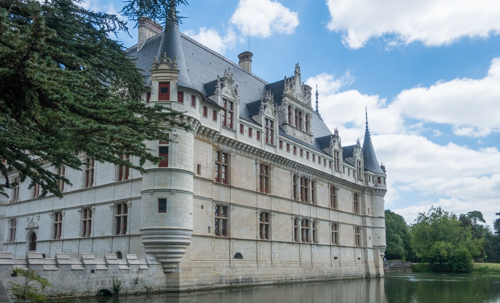 |
|
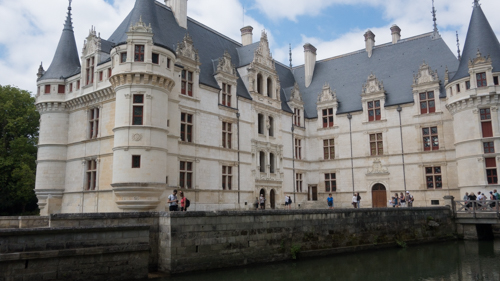 |
|
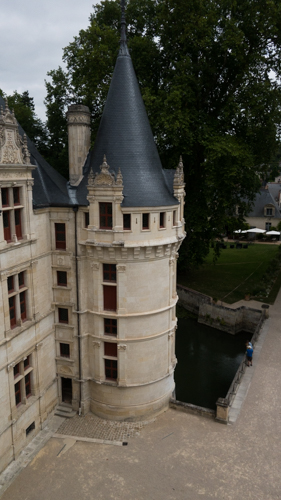 |
|
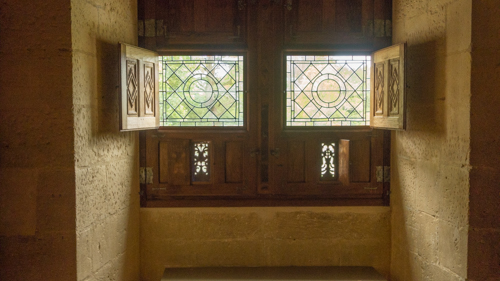 |
|
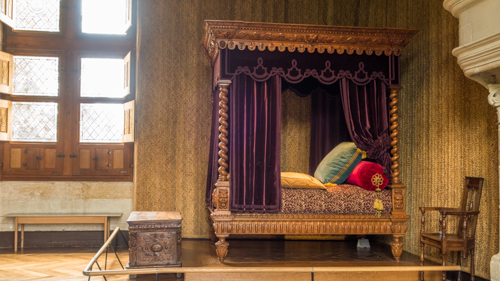 |
|
If you could visit only one chateau in the Loire Valley, I would recommend Azay. But Amboise has much more history associated with it and so I could recommend it, too. But I might point out that we’ve seen only half-a-dozen chateaux here. If there really are 3,000 chateaux here, we’ve got some work to do…
Le Grenadier
No, not another chateau. We stayed at a B & B named Le Grenadier, our second stay here. It is a great B & B: rooms are comfortable (Laurie says Madame Butterworth, our gracious host, has thought of everything a woman could want; I don’t know what that means); excellent breakfasts; a beautiful yard to enjoy, and, most of all, a place to relax after a hard day of chateau viewing.

